maj 27 2019
Pressedækningen

maj 25 2019
Tom Gillesberg blev interviewet på TV2’s Go’ Morgen Danmark sammen med to andre løsgængere, den 25. maj 2019, 11 min.
Arkivet findes på TV2 Play, Go’ Morgen Danmark den 25. maj 2019, “Løsgægnere kæmper for plads i Folketinget”. Indslaget begynder på 3.38 minutter.
Der kommer en kopi af video senere. I mellemtiden, her er uddrag af programmet med Tom Gillesbergs kommentarer som en lydfil. Den anden løsgænger man hører lidt af, er John Jørgensen:

maj 22 2019
P3’s Toft og Co. taler om Tom Gillesbergs kampagne den 21. maj 2019. 4 min.
Med en blanding af beundring og et smil diskuterer Julie Toft og Issa Jeppesen alt fra Toms beslutning om at blive politisk aktivt som 18-årig, til Toms program, inkl. at Danmark skal tilslutte sig Den Nye Silkevej, Toms 2005 og 2007 advarsler om et finanskrak og hvad der skal gøres bagefter, til kravet om bankopdeling, og Toms fremtidsvision om at hente helium-3 fra Månen til fusionskraft på Jorden.
Klik her for at gå direkte til P3’s indslag om Tom Gillesberg (Det begynder 1:45:30)

maj 20 2019
BT’s video og skriftlige interview med Tom Gillesberg den 19. maj 2019
Der er også et video interview om fire af Tom Gillesbergs tidligere plakater på BT’s side. Se linket under artiklen.





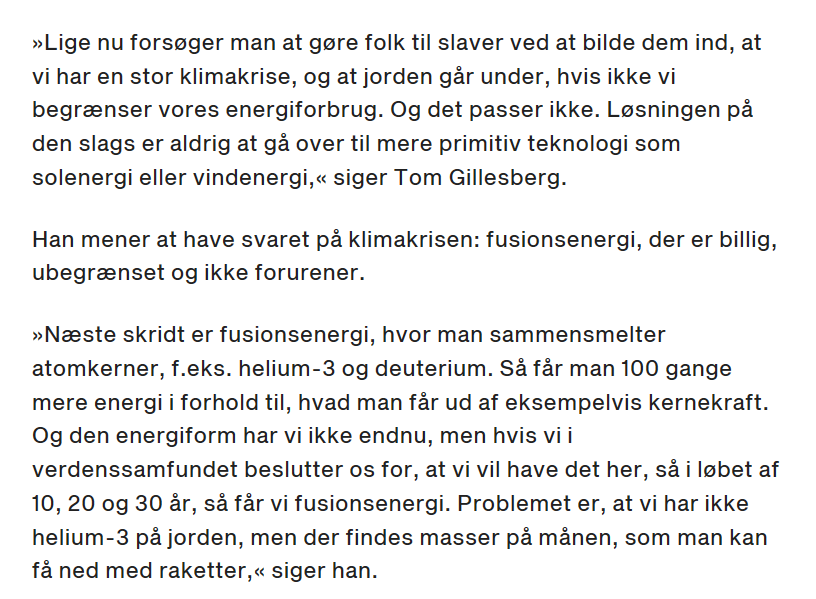
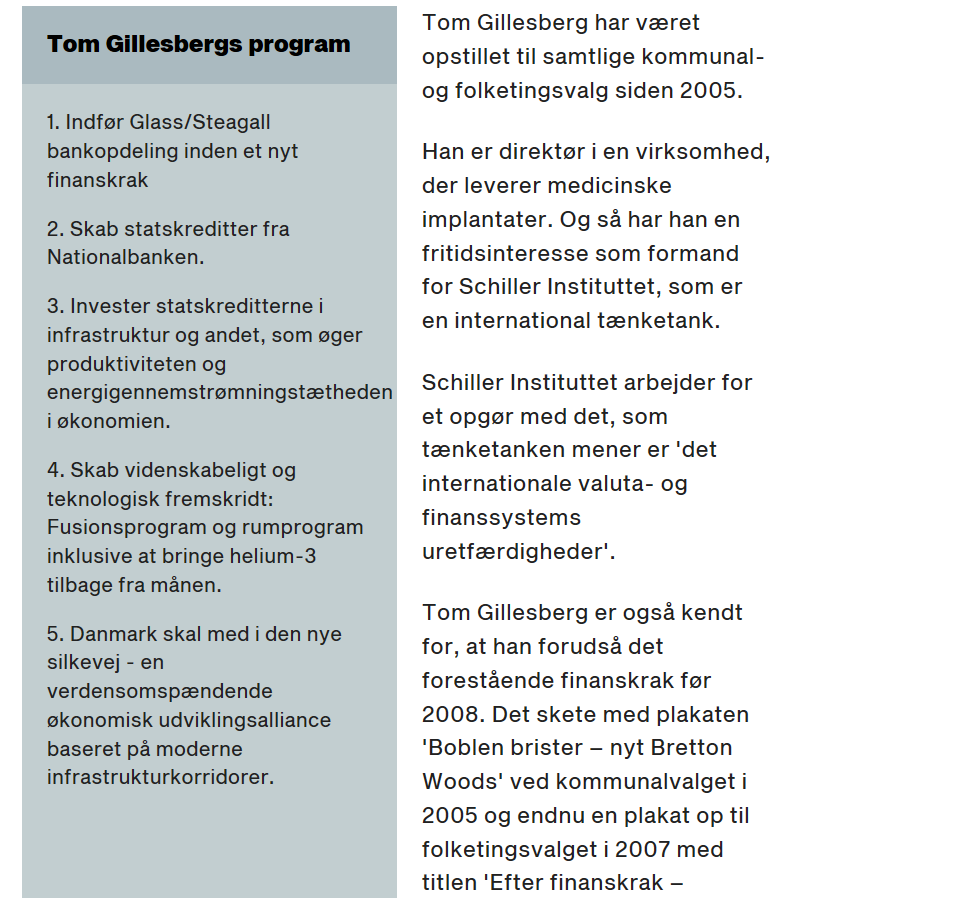




Se videoen og artiklen på BT’s side her.

nov 9 2017
B.dk: »Fart og tempo over Schiller Instituttets Venner«
»Et højhastighedstog og et udsnit af et kort antyder en ny verdensorden baseret på stormagterne USA, Kina, Rusland og Danmark – alle repræsenteret med flag på toget, som skal forbinde den nye dannelse af et handelssystem udsprunget af den nye Silkevej, Kina er begyndt at planlægge.« … Berlingske har som altid lavet en grundig baggrundsefterforskning før de skriver deres polemik. At kalde et projekt, der har været i gang i fire år og allerede er mange gange større end marshallhjælpen for noget man er »begyndt at planlægge« virker dog lidt underspillet. Nåja, Berlingske skal nok engang indse, »hvordan budskabet hænger sammen«, hvis man altså virkelig ønsker det.
Læs artiklen på Berlingskes hjemmeside her: https://www.b.dk/kultur/fart-og-tempo-over-schiller-instituttets-venner

nov 1 2017
Randers Amtsavis: Interview med Poul Gundersen
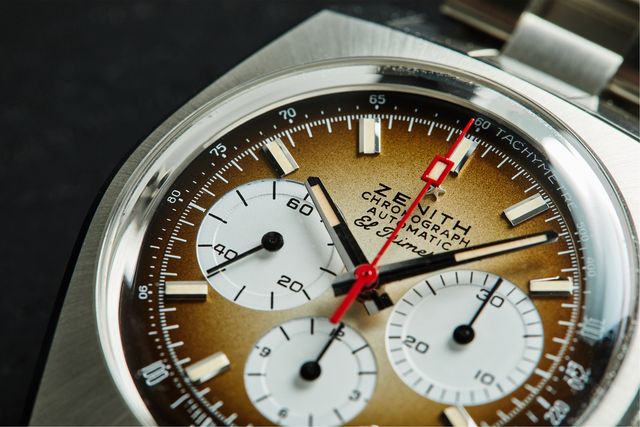
Your first luxury-level watch purchase should be exciting and meaningful. But, we get it — it can also be a daunting proposition for newbies. Everyone has different needs, tastes, means and understanding of “luxury,” so no one can say what’s the right watch for you. A little guidance, however, can help you ask the right questions and make an informed choice for yourself.
First, why do you want a luxury watch?
There are different reasons to want a “nice watch.” Identifying your situation and motivation will help you focus your search right away. Try out this rolex replica.
Do you simply want an elegant everyday watch that’s built to last? The good news is you’ve got a lot of great options, and you’re not limited to prestigious brand names and hefty price tags. The bad news is that you still haven’t narrowed down your choices much, as many watches offer this level of quality. You’ll want to look at other factors like price, style and features, and consider if one of the below situations also applies to you.
Do you want a watch to enhance your personal style? Visual elements and brand names might factor more heavily in your decision — but you’ll want to consider the aesthetic basics such as dress or sport and modern or retro. Sport watches are popular and offer a range of styles originating in specific uses, like diving, flying, racing and the military. If you can identify a genre you’re particularly interested in, you’re well on your way.
Do you need a watch to enhance your professional presentation? This is a common reason for people to get their first luxury watch: Some people feel a good watch can help them be taken more seriously by bosses or even impress potential clients. For these purposes, recognizable brands and models are safe and will serve you well — think names like Rolex, Panerai, Omega, IWC and Zenith. These are all brands whose pricing starts firmly in the mid to upper luxury range, but sometimes a simple and solid mechanical watch can be a great option for those on a tighter budget, as well as express one’s own taste and individuality.
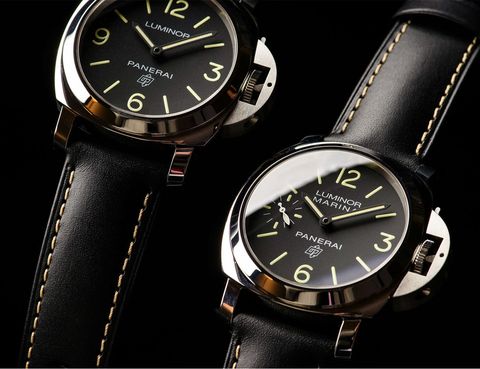
Will your watch serve as a status symbol? This is an extension of the previous consideration: You’re doing well financially, and want to make it known. (Like, really known.) Sure, this can be accomplished simply with bling, like gold and diamonds, but sometimes just the name on an otherwise simple-looking watch does the job — think Rolex, Patek Philippe and Audemars Piguet. Watchmakers also signal prestige with complicated features such as skeletonization, avant-garde designs and tourbillons.
Are you interested in a luxury watch simply for experiencing its quality, engineering, details and history? You’re well on your way to being a #watchnerd, and even if you get a watch for other reasons, you might even come to appreciate it in this way. This is a great reason to want a watch, but because it’s what most luxury watches would claim to offer, you’ll want to narrow down your choices further and look to other factors discussed below.
What makes a “luxury watch?” And what qualities should you expect for your budget?
Budget is the basic starting place for any watch purchase. All watches are more or less luxuries today since they’re not necessary in modern life. For some people, $100 sounds like a lot to spend on something they don’t need, while others might feel that “luxury” begins at well into the thousands of dollars.
Thanks to the combination of improving production technology, the internet and globalization, features once out of reach for many have become more accessible than ever. With small microbrands leading the way and bigger brands responding with more focus on entry-level value, you can now get watches with elements like sapphire crystal, ceramic bezels, Swiss automatic movements and refined details for a just few hundred bucks — these are luxury features, and why we’ll begin talking about “luxury watches” at $500.
In order to identify the types of features you can expect at different price levels, we’ll broadly consider watches broken into entry-level, mid-range and high-end. These are imperfect categories that will in actuality bleed into one another — and there will always be exceptions — but the following generalizations are meant to help guide first-time buyers in what to look for.
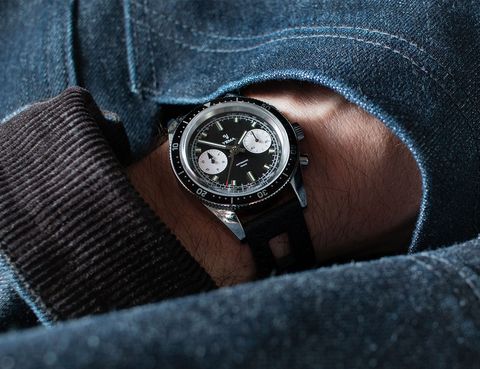
What factors like style, size and technology should you consider?
Style. Watches can fall into many categories and genres, most broadly broken into dress and sport. Types of watches can be based on traditional purposes (dive watches, pilot watches, field watches, etc.), more vague designations (tactical watches, minimalist watches, etc.) or functionality (chronographs, GMTs, even alarm watches, etc.). There’s a lot to explore, but it helps to be aware of the purpose behind a watch design or features and the range of options available.
Size. The right watch size largely depends on the combination of your wrist size and how bold a look you prefer. Watch sizes are traditionally measured horizontally in millimeters and exclude the crown. However, other factors affect how big the watch will look and feel. They include the case thickness, its length lug-t0-lug as well as even its color and the size of the dial. Even the climate where you live (short-sleeve weather is better for bigger watches) and the type of clothing you normally wear is relevant. It’s recommended that you try on a watch before buying whenever possible, rather than relying on measurements alone to determine its fit. In addition to looking down at it on your wrist, also see how it fits in a mirror.

okt 31 2017
Health Resolutions You Should Be Making for Your Pet
Pet experts weigh in with smart ways to boost your furry pals’ health throughout this year and beyond.
Jenna is a registered veterinary technician with a range of veterinary experience that includes small animal internal medicine, oncology, neurology, emergency, alternative medicine, and practice management.
As the Pet Health and Behavior Editor for Daily Paws, Jenna is living the dream as she combines her veterinary knowledge and passion for animals with her love of writing and education. Before Daily Paws, Jenna was a pet expert and contributor for The Spruce Pets.
When she’s not working, Jenna enjoys exploring Cincinnati with her pitty-mutt Rhyme, visiting dog-friendly breweries, and cuddling with her super kitty: RBG, AKA Ruthie. Learn more about treatments for flea bites on dogs.
:max_bytes(150000):strip_icc():format(webp)/pet-resolutions-for-2023-2-JD940-321103a6472d4e1aad05238427f12d1f.jpg)
The New Year is a time of fresh starts and life changes—pets included! They can benefit from starting new, healthy habits, Natalie Marks, DVM, CVJ, co-founder of Top Vets Talk Pets, says. “I think most people would agree that one of the few bright spots in 2020 was the companionship and love of their pets. So while we’re all making resolutions for the year to come, it’s equally important to think about ways to provide the best physical and emotional health for our cats and dogs.”
But don’t stress, making tweaks to your pet’s routine doesn’t have to be overwhelming. “Even making the smallest changes to your pet’s life now can pay off later—those good habits add up over time,” says Michele Pietrzak, DVM, medical director of VCA Met Vet West.
Consider these resolutions to get the New Year started off on the right paw for your pet.
1. Be Active Everyday
Boredom is the root of many behavior problems in cats and dogs. To keep pets happy (and healthy!), daily exercise is a must, Pietrzak says. Besides taking your dog on a walk, you can also play fetch indoors, run around the house together, or even train your dog to walk on a treadmill. Cats enjoy chasing and pouncing on toys and climbing up cat towers.
2. Switch to a Healthier Diet
Have you walked down a pet store’s food aisles lately? The options of what to feed your cat or dog seem endless. It’s easy to see why someone might just pull the nearest bag off the shelf and go. But cats and dogs have very specific nutrition and diet requirements for how much proteins, fats, carbohydrates, and calories they need each day, Marks explains. The best diet for your pet also depends on their age and disease conditions. Talk to your veterinarian to get a pet food recommendation that you know you can trust.
3. Do Something Fun Every Day
“[The pandemic] showed us what it’s like to stay home every day, and it can be very stressful,” Pietrzak says. “Humans hate to be bored and so do our pets.”
Make sure your pet has a variety of toys to play with and brain games because mental stimulation is important. You can hide treats or kibble around the house for your pet to find or use a puzzle feeder to make a game out of feeding time. You can also teach your pet a new trick, which helps keep their mind sharp and strengthens your bond.
“Even the TV or radio can provide enrichment for your furry pal when you can’t be there,” Pietrzak notes. “But when you’re home, don’t forget to talk to your pets. They’re the best listeners.”
4. Spruce Up the Home
Show your furry pal how much you appreciate them by adding a few pet-friendly touches to your space. For cats, think about adding another litter box, scratching post, or cat tree to the house. Dogs might like a cushy new bed and some calming music.
Want your pet to relax more? Both cats and dogs respond to stress-relieving pheromone diffusers and sprays.
“One of my clients thought their cat was bored and made a resolution to provide more fun for their kitty,” Shawna Huston, DVM, medical director of VCA West Shore Animal Hospital, recalls. “I recommended adding a window perch and setting up a bird feeder outside the window. Now the cat loves to sit there for hours watching all the animals.”
5. Try Something New
Is there an activity you have always wanted to try with your pet? This is a great time to enroll in classes to learn something new together. If your pet loves people and you want to help others, consider training to become an animal-assisted therapy team. Dogs with boundless energy may enjoy dog sports like canine agility or dock diving. Inquisitive dogs also enjoy the mental stimulation of canine nosework. If you have a pet who loves to work and train, check out specialized training classes in your area. You may even be able to train your pet well enough to participate in obedience competitions. Some animals can even be trained to perform a special job, like search-and-rescue assistance.
6. Rethink Portion Sizes
It’s easy to overfeed pets, especially when we associate food with love. But, says Marks, portion control is something all pet parents need to be mindful of. “Feeding pets too much causes obesity, which is one of the leading diseases we see in both dogs and cats. It increases the risk of heart disease, arthritis, diabetes, and high blood pressure.” The solution: Use a measuring cup to give your pet the exact amount of food that keeps them healthy.
7. Start a Home Grooming Routine
Every dog needs some level of grooming. For some dogs, this means regular trips to the groomer for haircuts. Many dogs never need a haircut, but they still need nail trims, coat brushing, ear cleaning, and periodic baths. If you typically do these things at home, you may find yourself losing track of time or procrastinating. It happens sometimes! Unfortunately, grooming delays can cause nails to grow too long and ears to become dirty or infected. At the very least, putting off baths can lead to that dreaded doggy odor. Do yourself and your dog a favor by scheduling regular at-home grooming sessions. Put them on your calendar and set them to recur as needed (this will vary from dog to dog).
























sep 14 2022
Den uafhængiges radio interview med Tom Gillesberg den 14. september 2022. Begynder på 1 time, 32 min.
Interviewet med Tom Gillesberg begynder 1 time og 32 min. ind i programmet.
“Tom Gillesberg, stiller op som løsgænger til folketingsvalget // Om hvad løsgængerne vil til kommende folketingsvalg”.